No one is sure when the 618-acre wildlife paradise that had been Palmyra Atoll, a thousand miles south of Hawaiʻi, started dying. But it is believed to be one more casualty of World War II.
Palmyra sustained millions of seabirds and healthy stands of now imperiled Pisonia trees. There were at least ten species of land crabs, including the world’s largest terrestrial invertebrate — the coconut crab, which can weigh 15 pounds and live as long as a human. The land crabs maintained the plant community by dispersing seeds, breaking down organic matter and mixing soils. Seabirds did the same by bringing marine nutrients to this otherwise sterile coral atoll.
Palmyra’s native ecosystem was recovering from the U.S. Navy’s construction of bunkers, buildings, roads, piers, fuel tanks, and ammo dumps. What it couldn’t recover from was the infestation of alien black rats, presumably stowaways on Navy ships.
The rats ate the seeds of Pisonia and three other rare tree species, shutting down reproduction. They ate the land crabs, chewed the heads off baby sea turtles, feasted on seabird eggs and hatchlings and all manner of terrestrial and intertidal invertebrates.
Thus did Palmyra become one of countless islands around the globe converted by alien invaders from diversity and beauty to sameness and sterility. Ninety percent of all archipelagos are infested with alien rodents.
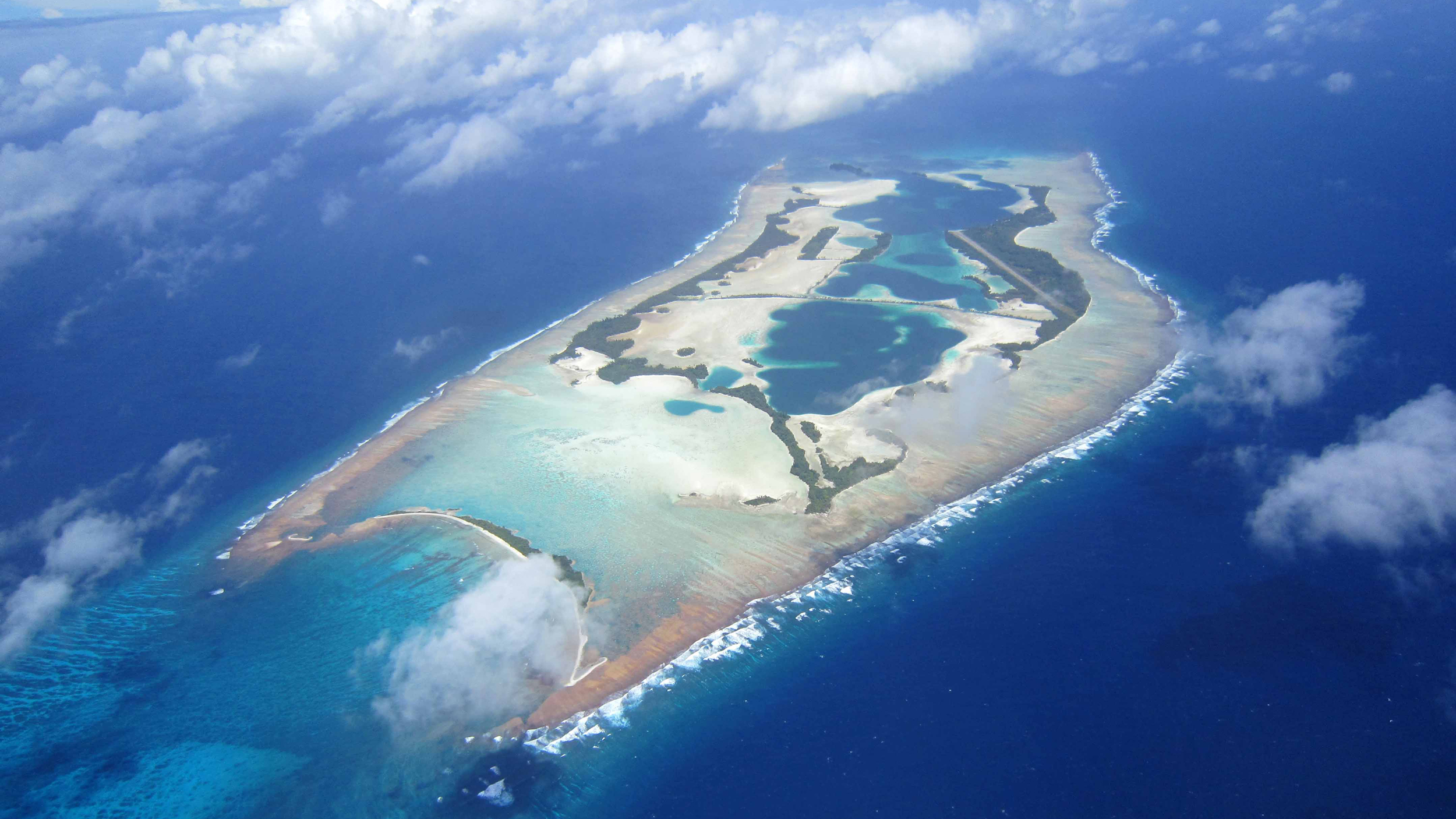
But unlike dead organisms, dead ecosystems can be brought back to life. That has happened at Palmyra. The island, a national wildlife refuge since 2001, is jointly owned and managed by The Nature Conservancy (TNC) and the U.S. Fish and Wildlife Service (USFWS). In 2011, Island Conservation (a non-profit group specializing in removing alien invaders from islands) and the USFWS partnered with TNC to rid Palmyra of rats.
Before the 1980s rodent eradication on islands this complex was unthinkable. But brodifacoum changed that. Non-anticoagulant rodenticides failed because they were so fast-acting. Rats aren’t stupid. When they saw other rats convulse and die shortly after ingesting bait they learned to avoid it. What makes brodifacoum such an effective conservation tool is that it takes a few days to work, so rodents don’t learn to associate it with danger.
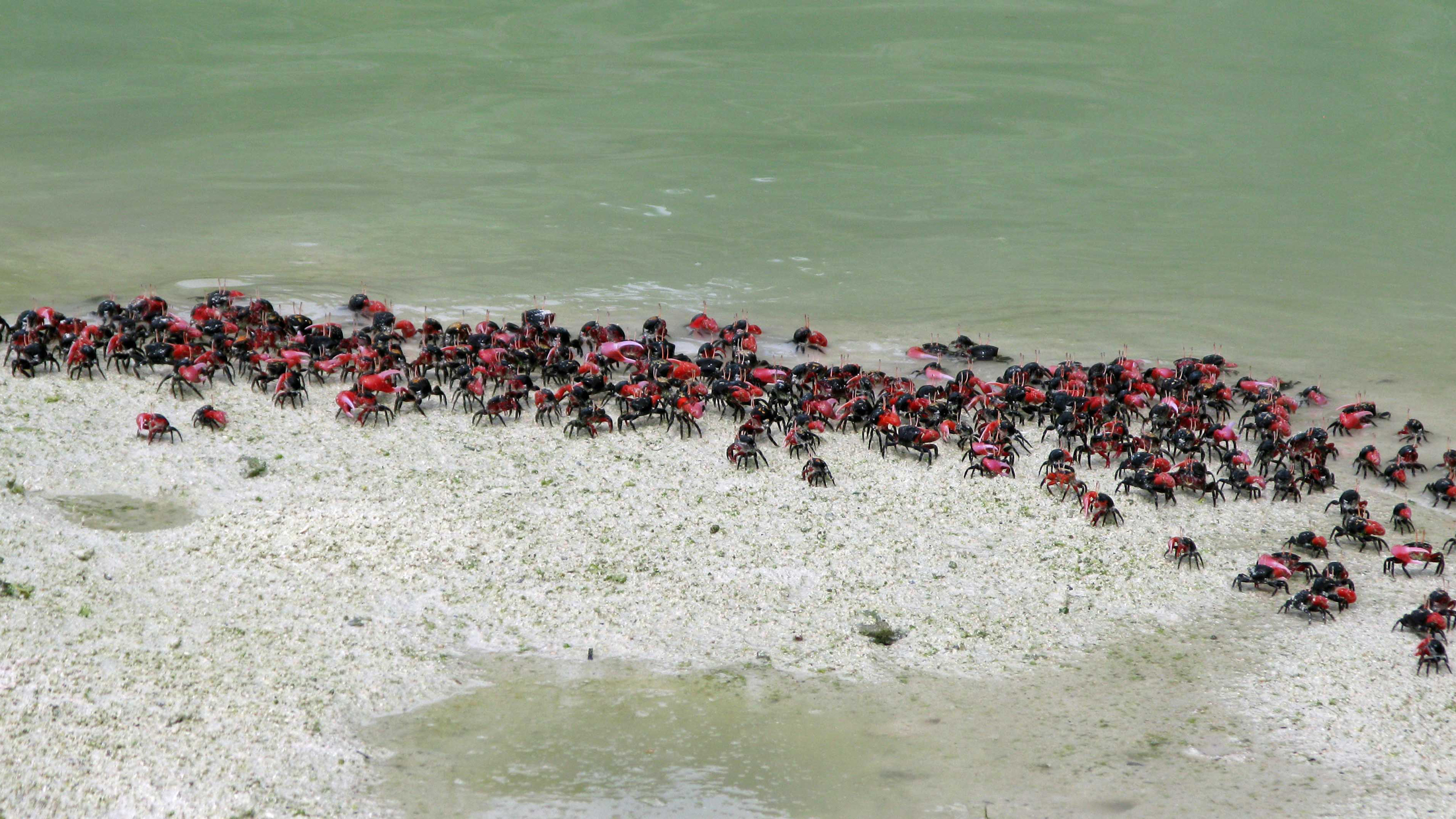
Recovery of Palmyra is just starting, but already changes are spectacular. Today the refuge supports one of the few healthy tropical coastal strand forests found in the Central Pacific. Populations of two land crab species, so depressed by rats they hadn’t been previously observed, are now regularly seen. Seedlings that sprouted a few weeks after the last rat died now tower over managers’ heads. These and other healthy plants provide shelter or cover for at least 10 breeding seabird species, including the planet’s second largest colony of red-footed boobies. Researchers report dramatic increases in sooty terns, white terns, black noddies, brown noddies, and white-tailed tropicbirds. And recolonization of wedge-tailed shearwaters, blue noddies and gray-backed terns appears imminent.
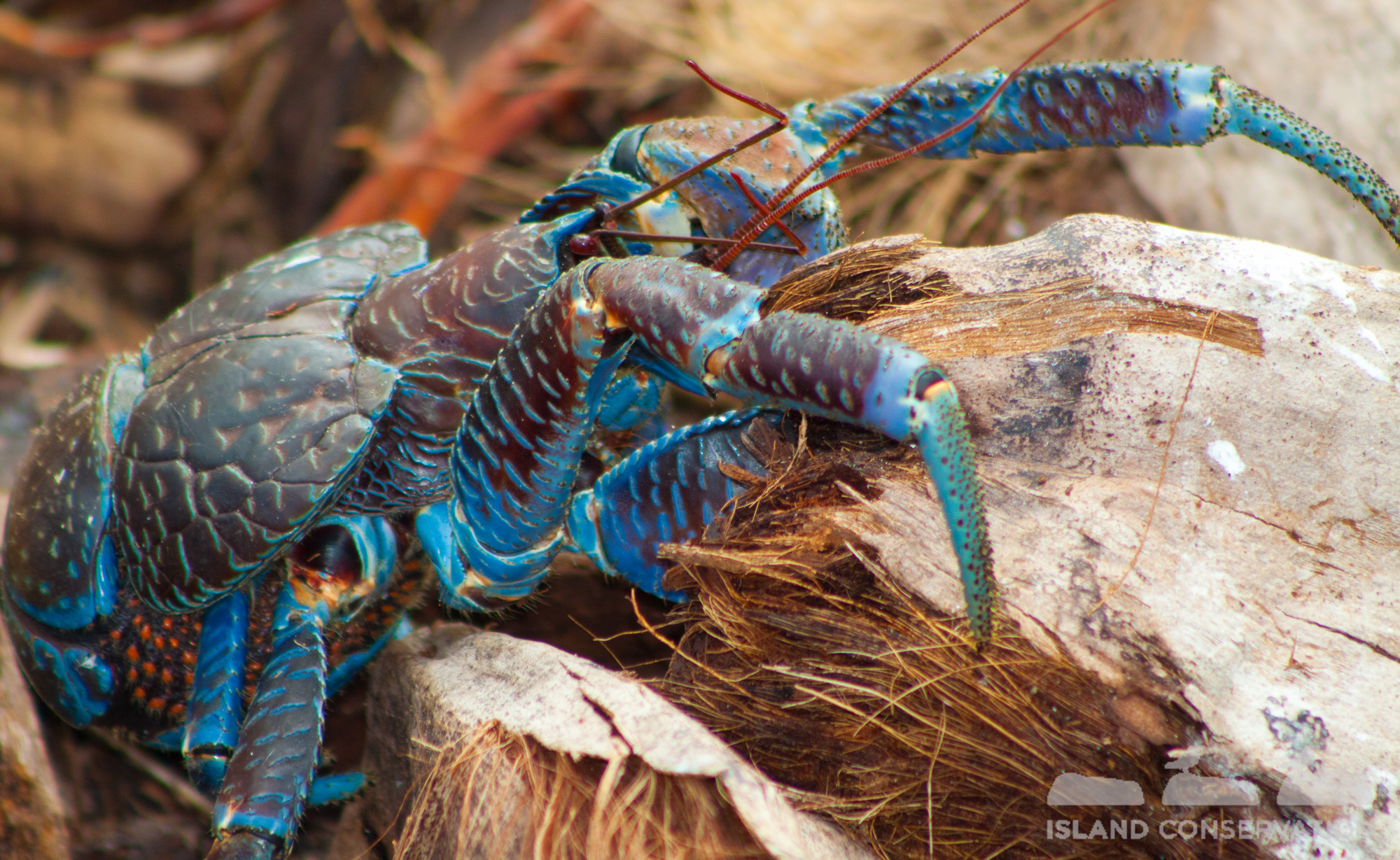
“It was a wonderfully successful effort by our team,” says Evelyn Wight, senior communications manager for TNC Hawaiʻi. “It required an enormous amount of cooperation and coordination. We’re seeing native trees growing like crazy, numbers of fiddler crabs like nobody has ever seen; the ground seems to move with them.”
Refuge manager Amanda Pollock reports “population explosions” of dragonflies and crickets as well as thousands of sooty tern fledglings during each breeding season, compared with a couple of hundred during the rat years.
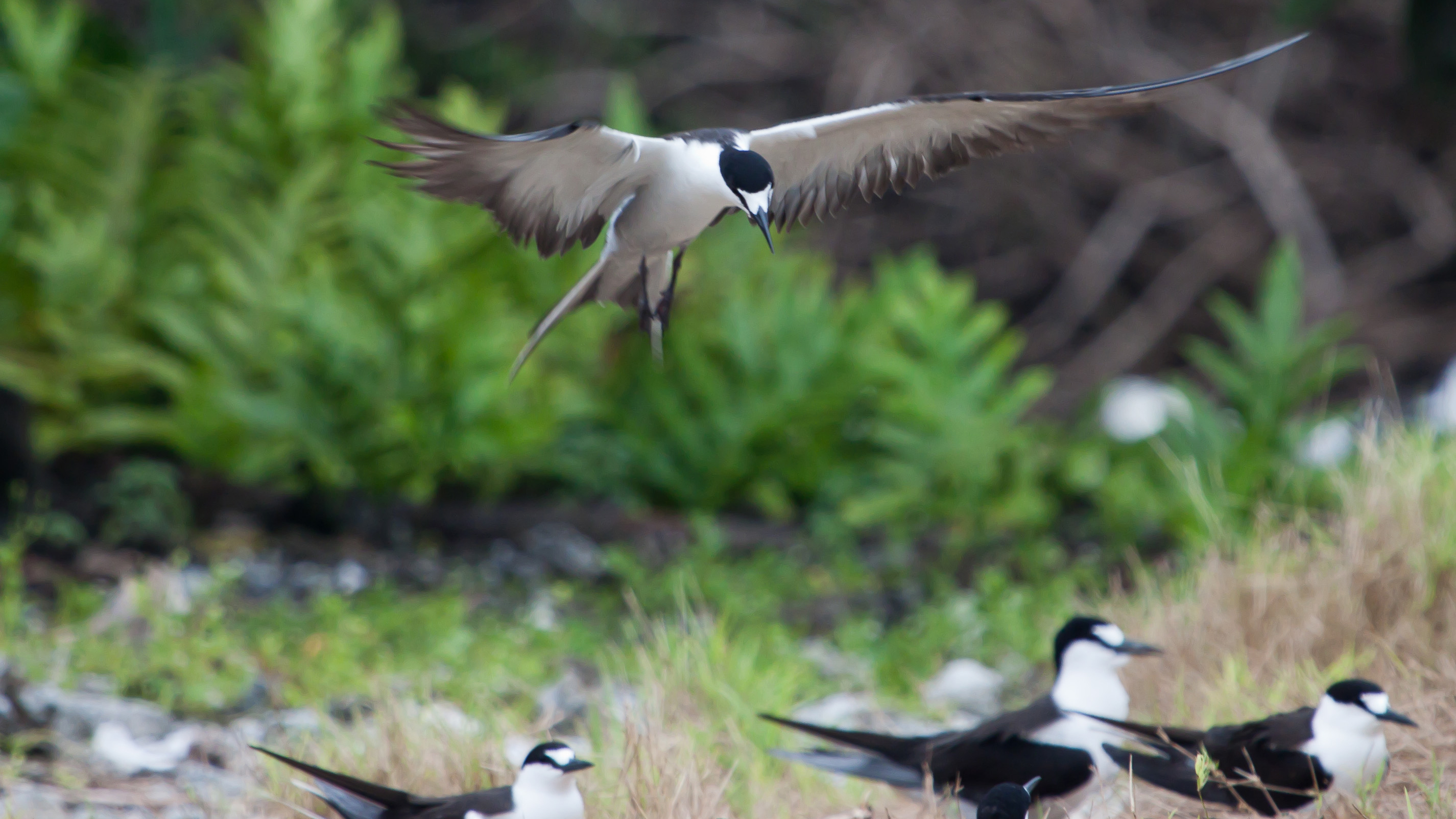
Unique factors made the project one of the most challenging rodent eradications ever attempted. Rats spent much time in the forest canopy. Land crabs competed with rats for poison bait, eating it like candy and with impunity. Elusive bristle-thighed curlews, which were attracted to the bait, had no such immunity. The partners undertook the effort when these migratory birds were mostly summering in Alaska. Virtually all that remained were captured and held safely in pens until the bait was no longer available — a feat some ornithologists had deemed impossible.
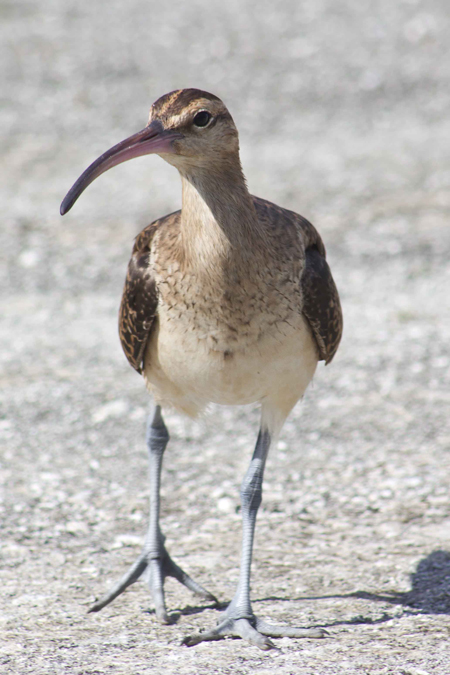
With these projects there is no “close enough.” If one male-female rodent pair or one pregnant female survives, you fail; and occasionally you do fail. In fact, in 2002 an eradication attempt on Palmyra by TNC and the U.S. Department of Agriculture left a few rats alive. Wildlife managers hadn’t counted on the tree-dwelling rats or the rich food supply that limited home ranges, requiring more bait stations in tighter grids.
But managers learn from failures. To lay the groundwork for the second attempt TNC and the U.S. Fish and Wildlife Service called in Island Conservation. Eradication experts from New Zealand, where brodifacoum for island recovery was first deployed, helped with implementation. Two helicopters were specially fitted and shipped to the atoll to broadcast pelletized bait specially developed by Bell Laboratories to withstand the warm, wet environment. The partners used slingshots to fire bait into trees. To keep it out of the water they devised bolas with two bait-filled bags made of biodegradable gauze on each end of a string. Suspended by a 50-foot cable from a helicopter intrepid New Zealander Pete McClelland looped the bolas over the crowns of trees, thereby acquiring the nickname “Dope on a Rope.” Bunkers and other concrete structures from the war days were hand baited.
“The whole operation was brilliant,” declares Gerry McChesney, manager of the mouse-infested Farallon National Wildlife Refuge 28 miles seaward of San Francisco and the most important seabird habitat in the contiguous states. “Amazing that it was successful. I look at Farallones recovery [in the planning stage since 2004] and it has complexities, but nothing like Palmyra.”
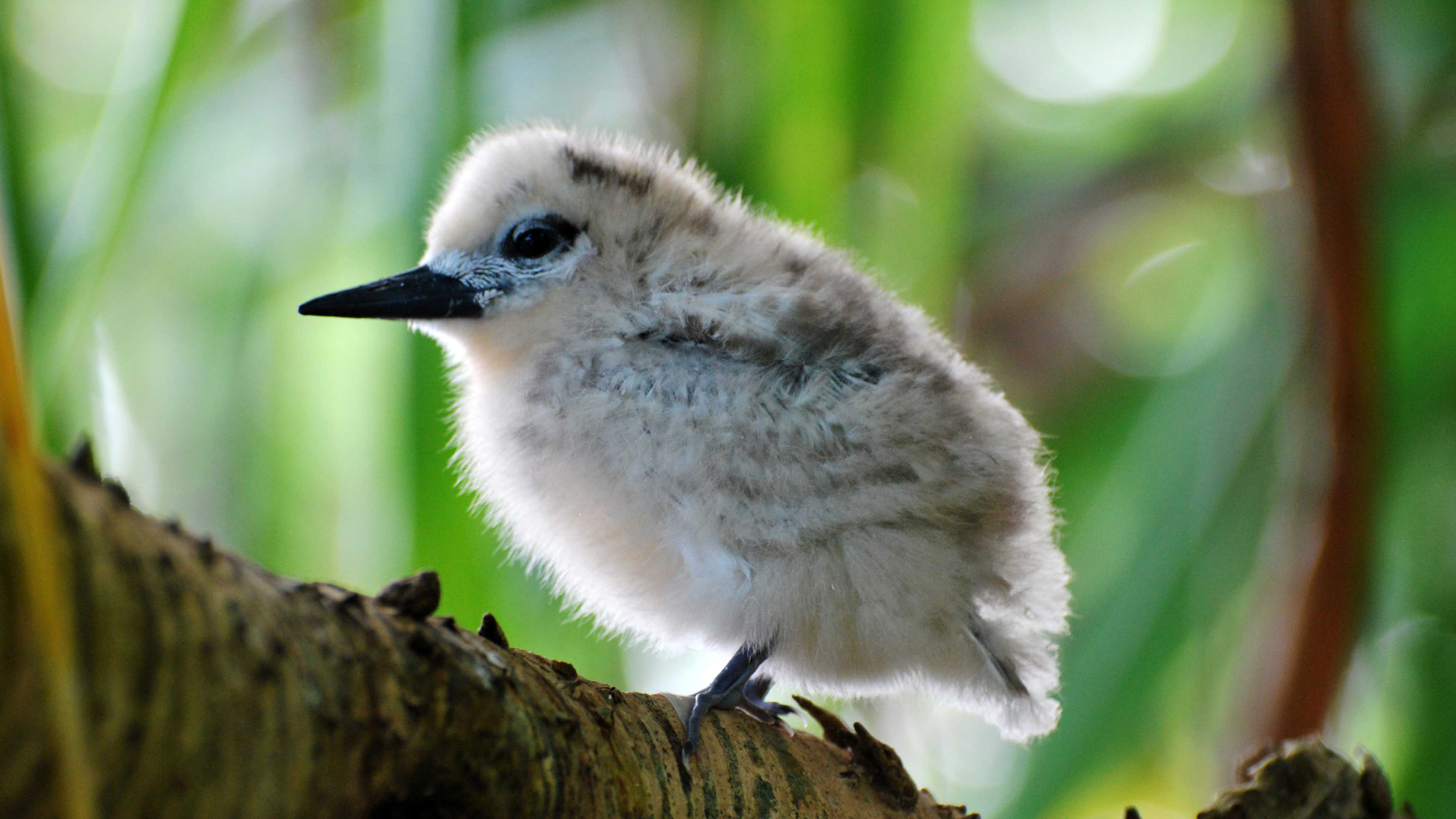
Jeopardizing recovery of the Farallones and other rodent-blighted islands is a pervasive mindset that assigns equal value to aliens and natives, that rejects use of all poisons in all situations, and that would sacrifice entire species to prevent limited deaths of non-target organisms (inevitable with any rodent eradication).
Environmental activist Maggie Sergio of Fairfax, California proves the old saw that one concerned citizen can make a difference. She proves also that this isn’t always a good thing. Sergio is probably the world’s busiest opponent of rodent eradication, which she publicly condemns as “inhumane.” “People are doing this to make money,” she told me. “This is insanity.”
Sergio and her allies failed to significantly disrupt Palmyra recovery but are working hard to block the Farallones effort, perhaps with some success because they’ve generated opposition from the City of San Francisco. And so far, nearly 33,000 people have signed their online petition to kill the project.
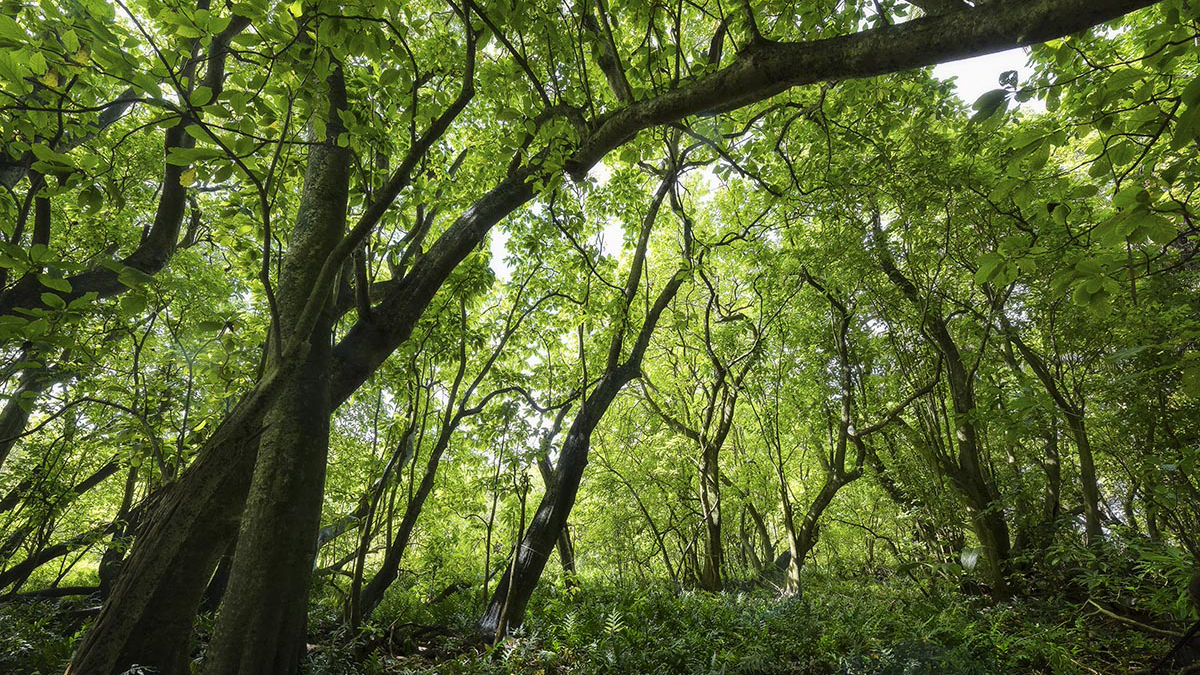
In New Zealand Sergio’s denunciation of poisoning rodents and other invasive aliens on islands elicited this response from the Royal Forest and Bird Protection Society: “Should we allow introduced pests to kill our native species, or should we kill the pests, so that our native species can survive? Should we use the best pest control tools and techniques currently available, recognizing that they are not perfect, or should we wait for a better solution to be found and watch more of our 2,700 vulnerable native species disappear?”
Good questions. And anyone concerned about alleged cruelty of brodifacoum to alien rodents needs to view this video from Gough Island in the South Atlantic, once the most important seabird habitat on earth:
Viewer discretion advised: House mice swarm antlike over a towering Tristan albatross chick — a critically endangered species — slowly eating it alive.
This is the latest in a series called “Recovery” written by Ted Williams. He writes about fish and wildlife for national publications.
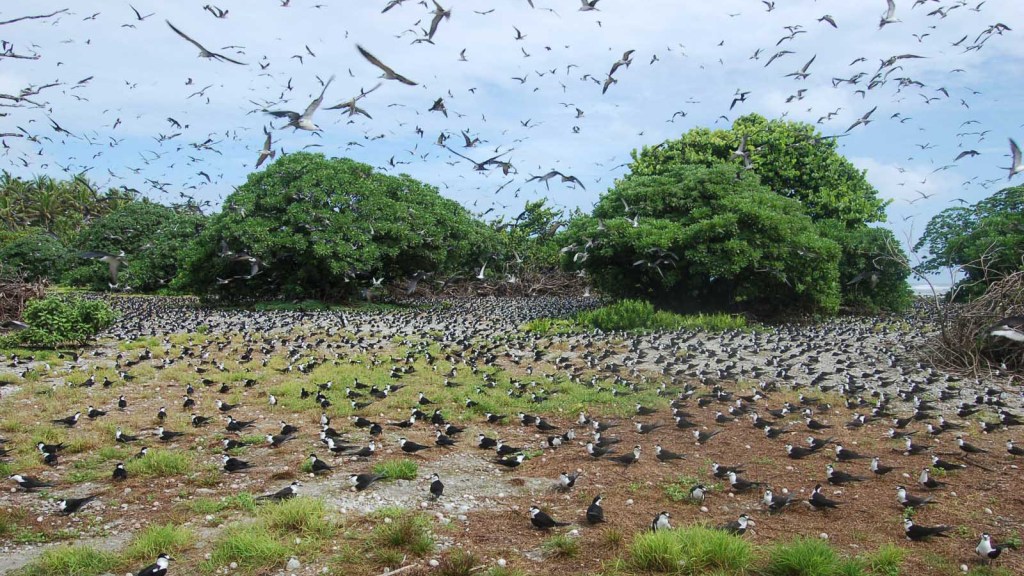



Join the Discussion